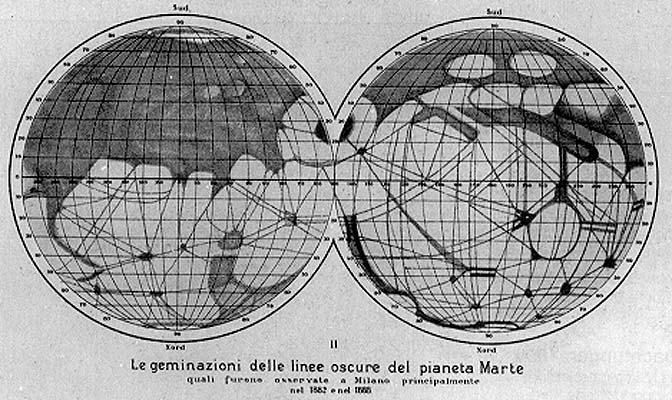I have blogged about U.S. and Indian space missions that have sent probes to Mars. Mars has fascinated the human race for centuries. First as a star representing a god in mythology and then as a planet close to the size and orbit of Earth. Mars is fourth planet from the Sun and the second smallest in the Solar System, only Mercury is smaller. It is roughly one and a half times further from the Sun than the Earth and consequently gets considerably less solar energy from the Sun. It has about half the radius of the Earth and its gravity is about one third that of the Earth. Because of the small size and low gravity, it only has a thin atmosphere of carbon dioxide with traces of other gases that is about one percent of the density of the Earth's atmosphere. There are no bodies of liquid water on the surface of Mars so it has as much land surface area as the Earth. Its surface temperature averages about eighty degrees below zero Fahrenheit. Its year is about twice an Earth year and its day is close to the twenty four hour day of Earth.
In 1877, an Italian astronomer named Giovanni Schiaparelli thought that he saw lines on the Martian surface which he called "canali." This can be translated as canal, channel, ditch, trough, gully, etc. The English press chose to translate the word as canal. Subsequently, other observers saw lines as well but their maps did not match. An American named Percival Lowell dedicated his life to astronomy in 1894 after amassing a fortune. He built the Lowell Observatory in Flagstaff, Arizona. He spent a great deal of time studying Mars and trying to observe the canals that everyone was talking about. He drew many detailed maps and speculated that Mars had an ancient civilization that had built the canal system when surface water became scarce. These ideas fueled the imagination of writers who published novels about Mars and ancient civilizations.
With the development of better telescopes and the coming of the space age, the canals were found to be optical illusions. Close images of Mars from space probes showed a desolate surface littered with craters and covered with sand. No evidence of any artificial structures has been observed to date, although some people believed that they saw buildings and monuments in the Cydonia region. Although surface water has not been observed on Mars, many surface structures suggest that at one time there were substantial bodies of water on the surface.
Of all the planets in the Solar System other than Earth, Mars is the most accessible to human beings. Venus is very close to the Earth in size and composition but is locked in a super greenhouse status with a very dense and acidic atmosphere. Mercury is too close to the sun and has no atmosphere. There has been talk of manned expeditions to Mars since the dawn of the space age. In future articles, I will talk about some of those plans.
Schiaparelli drawings of Martian canali:
